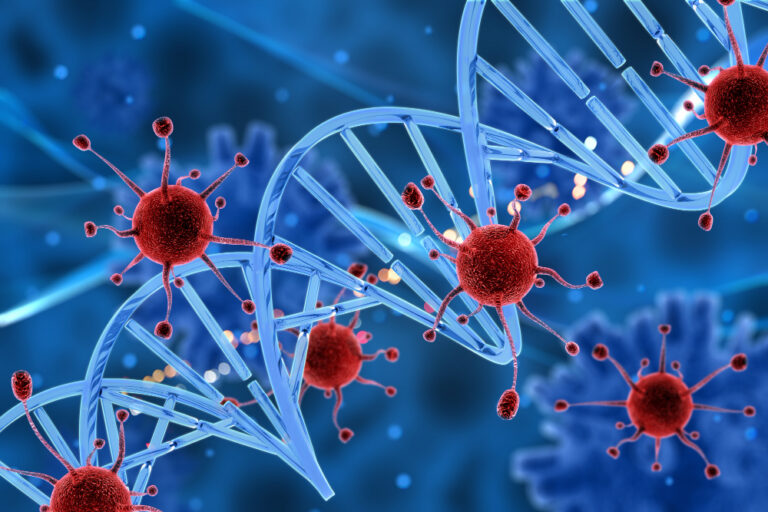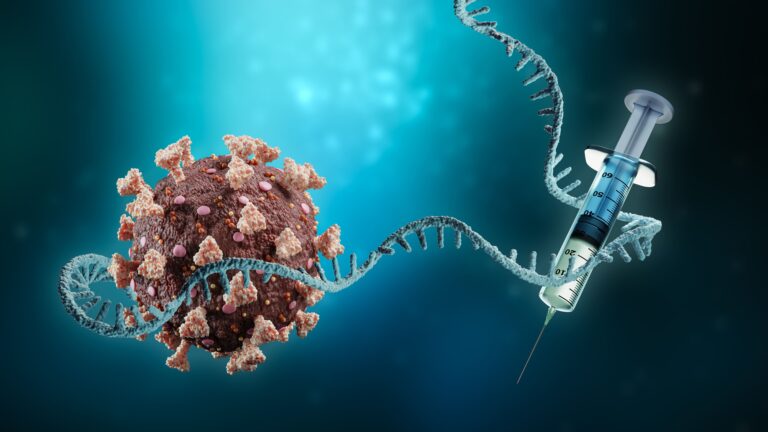Amino acids play a crucial role in the structure, metabolism, and physiology of cells in all known living things, as constituents of peptides and proteins.
As such, they constitute the bulk of the mass of the human body after water. Proteins are continually renewed, which involves permanent processes of synthesis and degradation (proteolysis).
Cell destruction is in constant balance with cell proliferation.
Degradation or self-destruction of proteins
The cell has three options for breaking down its proteins, each involving a specific set of breaking down enzymes (proteases).
– Degradation of a protein by a proteasome,
– Degradation of a given protein or an entire organelle by a lysosome,
– Self-destruction of the whole cell by caspases (phenomenon of apoptosis).
Apoptosis or programmed cell death. It is a normal, intrinsically programmed cellular mechanism by which cells self-destruct in response to an internal signal.
This phenomenon results in the death of individual cells, in certain places, at a specific time. Apoptosis is the mechanism used by the body to get rid of unusable, unwanted or potentially harmful cells.
The origin of many diseases
This mode of cell death serves as a balance (also called homeostasis) for cell multiplication by regulating tissue size. Apoptosis is involved in many other biological processes such as embryonic development, regulation and functioning of the immune system.
Dysregulation of apoptosis is thus considered to be at the origin of many diseases:
– Those associated with an inhibition of apoptosis and an increase in cell survival, where a too low rate of apoptosis allows the survival of abnormal cells, in certain cancers where there is a mutation of genes for example, and certain autoimmune diseases, if the autoreactive lymphocytes are not suppressed after an immune response;
– Those associated with excessive apoptosis, characterized by a loss of normal or protective cells such as virus-induced lymphocyte depletion of HIV, certain neurodegenerative diseases (spinal muscular atrophy).
Apoptosis process
The mechanism of apoptosis is governed by two main pathways of activation:
– Extrinsic pathway, involving receptors belonging to the tumor necrosis factor (TNF) receptor superfamily of proteins; apoptosis is triggered by a signal external to the cell: by simple membrane-to-membrane contact, the immune cell induces the activation of the death receptors of the targeted cell.
– Intrinsic (or mitochondrial) pathway involving the mitochondria which is a small spherical or rod like body bounded by a double membrane, located in the cytoplasm of most cells and containing enzymes responsible for energy production. This pathway is governed mainly by proteins belonging to the Bcl-2 superfamily. Apoptosis is triggered by a signal internal to the cell : permeability transition pores in the membrane of mitochondria are created which cause the opening or rupture of the mitochondria.
These two pathways lead to the activation of so-called effector cysteine proteases (caspases). These are responsible for the cleavage of several molecules, such as certain structural proteins, which results in characteristic morphological and biochemical phenomena ending in the dismantling of the cell:
– exposure of phosphatidylserine on the surface of the cell membrane. Indeed, the phosphatidylserine is supposed to be situated inside the cytoplasm of the cell, when the phosphatidylserine is exposed to the outside of the cell, it causes the destruction of the cell by phagocytosis (other cells “eat” and destroy this one).
– cessation of replication. As the cell does not replicate anymore, in the end, it disappears.
– fragmentation of the nucleus and cytoskeleton; just as the exposure of phosphatidylserine, leading to the formation of apoptotic cell bodies phagocytosed by the surrounding cells.
Role of caspases
Mammalian caspases (contraction of cysteine-dependent aspartate-specific proteases) are a family of cysteine endoproteases (enzymes able to cut inside the proteinaceous chain) specific to the animal kingdom.
Caspases are central effectors and regulators of apoptosis and inflammation.
Classification of caspases
Caspases are so named because: the catalytic residue is a cysteine, they cleave their substrates after an aspartate residue, and they are proteases. The human genome encodes 11 caspases, classified into four groups according to the organization of their domains.
Due to their selectivity, caspases do not cause extensive protein degradation. Removal of these proteins induces the characteristic morphological changes that accompany cell death.
Depending on the mechanism that activates them and their place in the cascade of events, caspases fall into two groups:
– Initiator caspases (2, 8, 9, 10), activated by dimerization or trimerization. Cytochrome c (a mitochondrial protein) plays a very important role in the activation of pro-caspases. In fact, cytochrome c brings together 6 caspases (caspase-8 type) in a single complex, thus facilitating dimerization and activation (intrinsic activation pathway).
The formation of caspase–9 trimers is achieved upon binding of this caspase to the three cytokine TNF-α ( alpha Tumor Necrosis Factor) receptors grouped by their ligands (extrinsic activation pathway). Note that the ligand is a molecule that binds to the specific site of a protein because it has a complementary structure. The substrates of the initiator caspases are the executioner caspases.
– Executioner caspases (3, 6 and 7) activated by proteolysis. They are synthesized in an inactive form, executioner procaspases, in which the catalytic site is masked inside the protein.
Unlike initiator caspases, their activation requires a cleavage of the protein after an aspartate residue, in other words a partial proteolysis. This cleavage is carried out by initiating caspases.
Example of process
Members of the TNF (tumor necrosis factor) family play a role in cell proliferation, differentiation and death, particularly in the context of the immune response and the inflammatory reaction. Some receptors of cytokines (alpha Tumor Necrosis Factor receptors) have in common a highly conserved intracellular pattern, made up of around sixty amino acids, called the death domain. This pattern is necessary for the activation of the cell death process in response to the engagement of the corresponding receptor.
For example, if the ligand of Fas (transmembrane protein) interacts with its receptor, or if that of TRAIL (TNF-related apoptosis-inducing ligand) interacts with one its receptors too, this pattern interacts with the adapter molecule FADD (Fas-associated death domain) via which the receptor recruits procaspase-8. The adapter molecule FADD, like the missing piece of a puzzle, connects death receptors (like Fas or TRAIL) and the initiator caspase.
Due to the trimerization of the receptor, necessary for its interaction with the ligand, the recruitment of procaspase-8 by each receptor allows local enrichment in this enzyme which promotes its self-activation. Caspase-8 activation is the first step in a caspase cascade leading to cell death by apoptosis.
In many diseases such as cancer or Alzheimer disease, the causes and processes of cell death, apoptosis (cell’s progressive fragmentation which leads to apoptotic cell leads to apoptotic cell phagocytosis by the surrounding cells) and necrosis (accidental pathological death, due to disorganization of the cellular components, the cell volume increases until the cell blows up) are implicated.
That’s why the control of apoptosis by caspase inhibitors may be a solution. Many studies are therefore focused on the role and control of caspases in order to regulate the proliferation or excessive degradation of cells.



